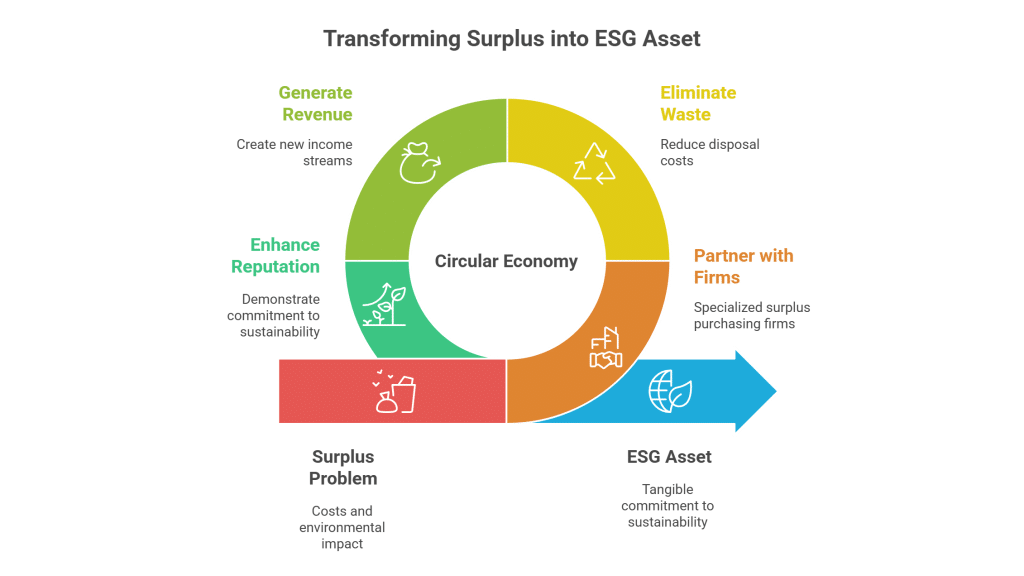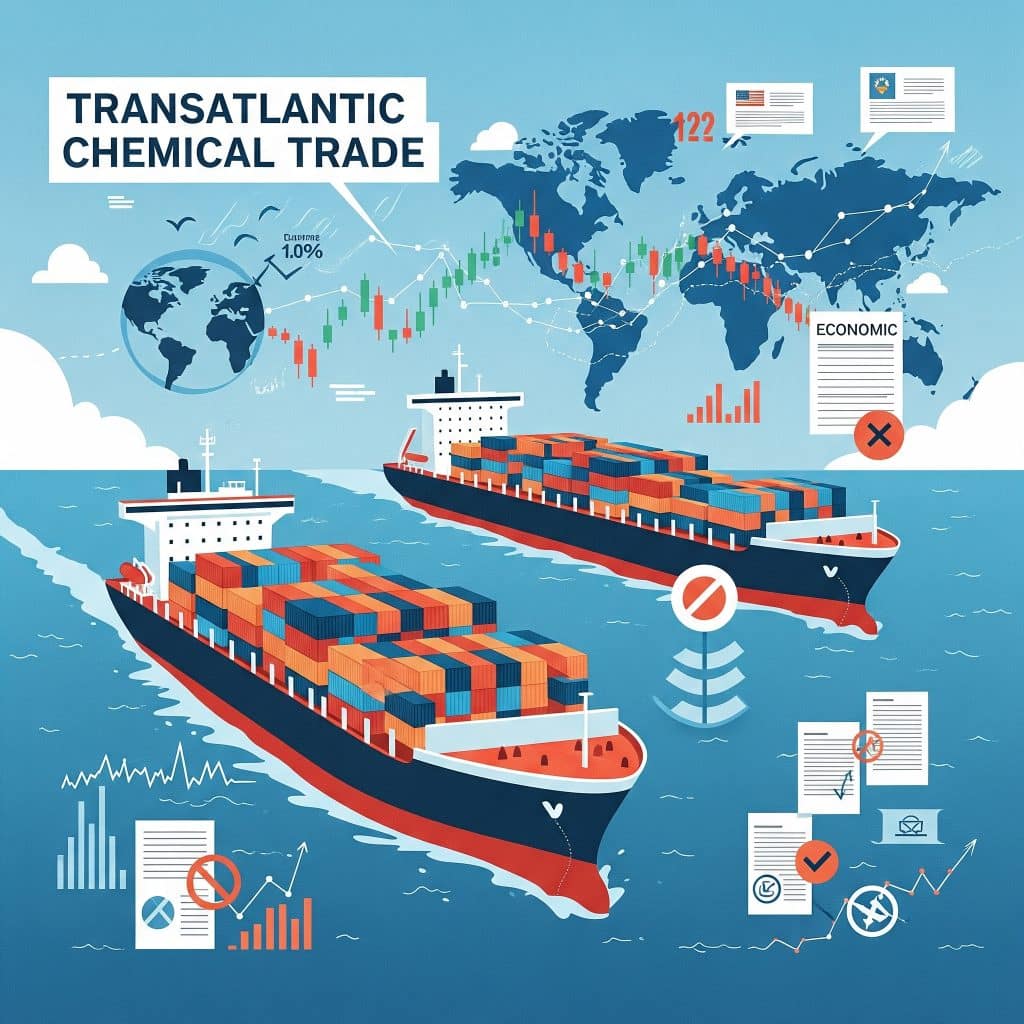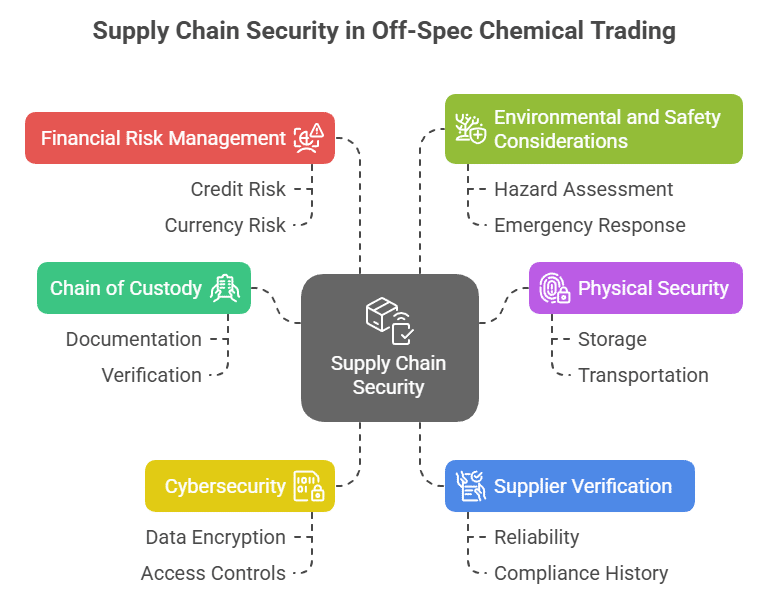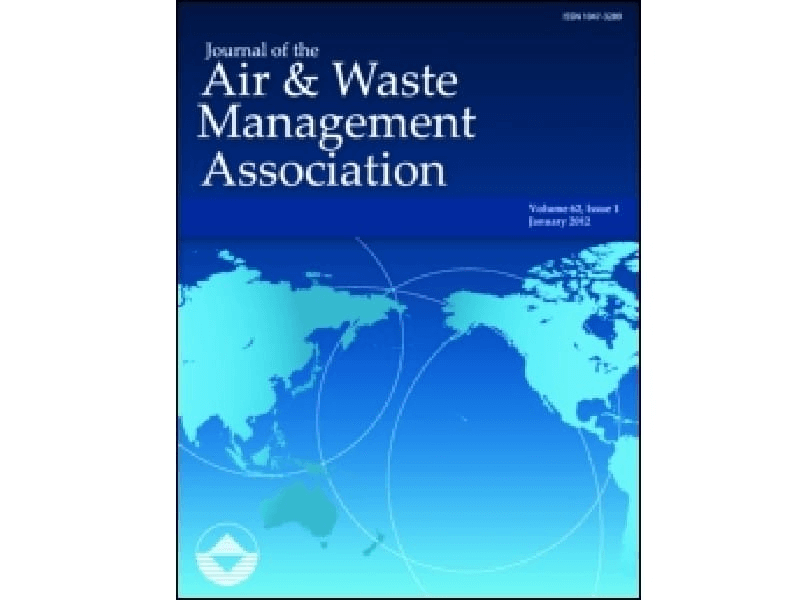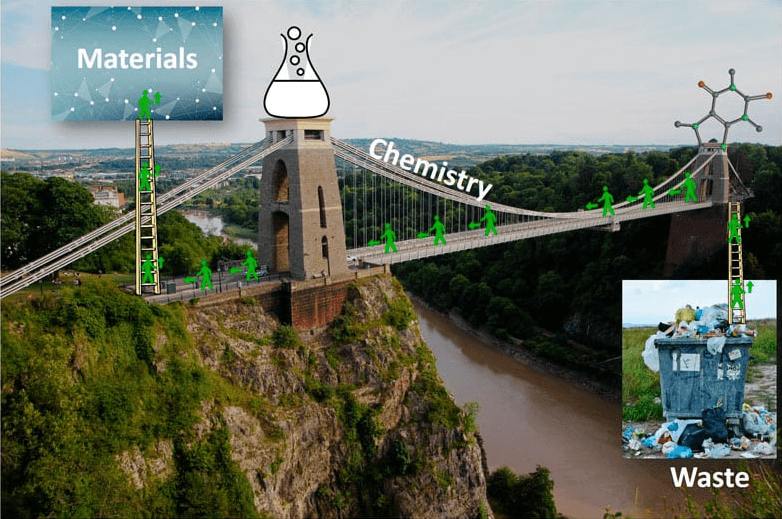Maximize Value with Surplus Osmium Tetroxide in Laboratory Research & Pharmaceutical Sectors
Osmium Tetroxide in Laboratory Research & Pharmaceutical Applications - Surplus Chemical Trading
Osmium Tetroxide in Laboratory Research & Pharmaceutical Applications
Table of Contents
Transforming Surplus into Opportunity: A Real-World Case Study in Pharmaceutical Research
In one compelling case, a mid-sized pharmaceutical research facility found itself with an excess supply of Osmium Tetroxide due to a recent change in their research protocols. Instead of allowing the reagent to approach its expiration or incur high disposal costs, they opted to list their surplus inventory on a specialized trading platform. Within weeks, a respected contract research organization acquired the material at a favorable price, enabling them to accelerate their imaging studies and oxidation reactions. This transaction not only helped the supplier recover valuable costs but also ensured that the buyer had access to a high-quality, well-managed inventory. The result was a win-win scenario that underscored the economic and environmental benefits of surplus chemical trading.




